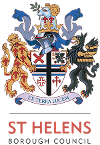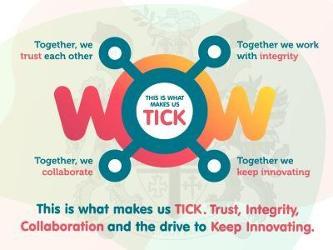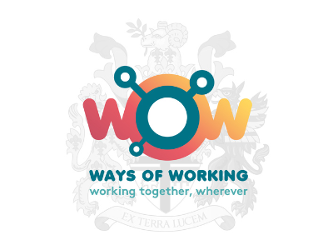
St Helens developed as a product of the Industrial Revolution and its proud heritage includes England's first canal and a significant section of the world's first passenger railway. In 1829, the locomotive trials won by Robert Stephenson's Rocket were held in Rainhill. The world's first railway viaduct is over the canal in Newton. The development of the area was based in coal and glass. St Helens is also famous for its Rugby League team and Haydock racecourse. There aren't many famous people who come from St Helens but to name a few Richard Seddon became the early 20th century Prime Minister of New Zealand, Orchestra Conductor Sir Thomas Beecham, motor cyclist world champion Geoff Duke Oscar winners George Groves and Colin Welland, darts players Michael Smith and Stephen Bunting and of course not forgetting Bernie Clifton, Johnny Vegas and Rick Astley. The Heritage Hub is an interesting site to visit to learn more about St Helens. Homepage - St Helens Heritage Hub: celebrating local heritage
St Helens is rated as a 'Good' authority following the OFSTED inspection in July 2023, followed by a very positive Focus Visit in April 2024 in respect of Help and Protection. We are passionate and ambitious for the children and families, communities and workforce we support. We continue our journey to Outstanding and recognise that we can only do this because of our highly valued, skilled and supported workforce.
The population of St Helens is 184,828 people with approximately 36,900 children living in the borough. The key areas of deprivation in the borough relate to poverty, with 31% of children living in poverty and 50% of Children in Need living in places which are the 10% most deprived areas in England.








